Home>Technology>Smart Home Devices>What Is The Regular Size Of Printer Paper
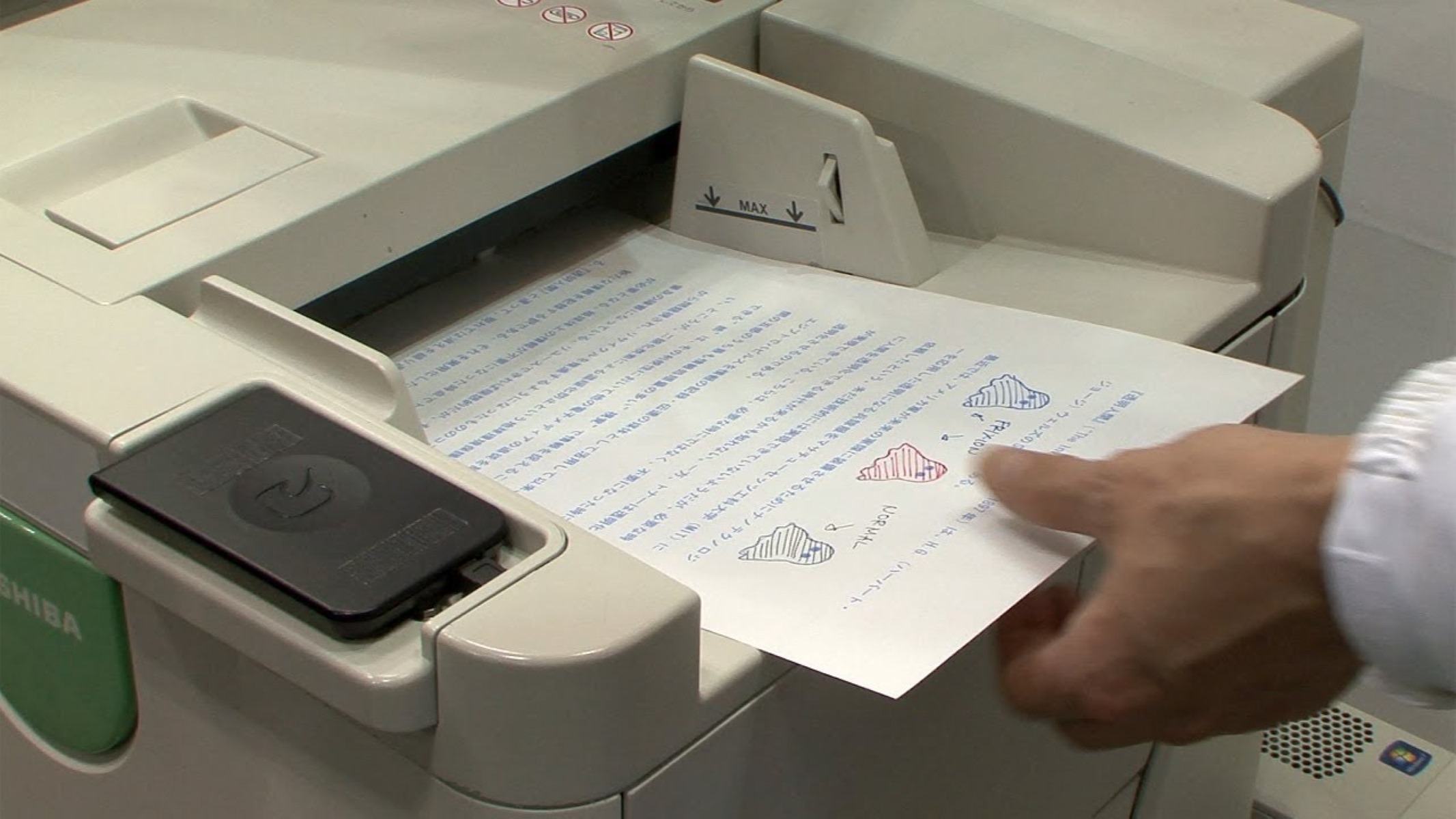

Smart Home Devices
What Is The Regular Size Of Printer Paper
Modified: February 18, 2024
Discover the standard size of printer paper and its compatibility with smart home devices. Learn how to choose the right paper size for your printing needs.
(Many of the links in this article redirect to a specific reviewed product. Your purchase of these products through affiliate links helps to generate commission for Storables.com, at no extra cost. Learn more)
**
Introduction
**
When it comes to printing, the size of the paper is a crucial factor that significantly impacts the final output. Understanding the various standard sizes of printer paper is essential for achieving the desired results in any printing project. From the widely used A4 to the less common but equally important legal and letter sizes, each has its own unique characteristics and applications. In this article, we will delve into the regular sizes of printer paper, explore their common uses, and shed light on the significance of choosing the right paper size for different printing needs. Whether you're a student preparing a presentation, a professional crafting a business proposal, or an artist creating a masterpiece, knowing the standard sizes of printer paper is indispensable. Let's embark on a journey to unravel the mysteries behind the regular sizes of printer paper and discover their diverse applications in the realm of printing.
Key Takeaways:
- Understanding the different standard sizes of printer paper, like A4 and Letter, helps you choose the right paper for your specific printing needs, whether it’s for documents, posters, or legal papers.
- Each paper size has its own common uses, so knowing which size to use for your project, like A3 for posters and Tabloid/Ledger for newspapers, can make your printed materials more effective and impactful.
Standard Sizes of Printer Paper
Printer paper comes in various standard sizes, each serving specific purposes and catering to different printing needs. The most commonly used size worldwide is the A4, which measures 210 x 297 millimeters or 8.27 x 11.69 inches. This versatile size is widely used for printing documents, reports, and letters. Its slightly larger counterpart, the A3, measures 297 x 420 millimeters or 11.69 x 16.54 inches, and is often utilized for printing posters, architectural drawings, and presentations.
In North America, the standard sizes differ slightly from the A series. The Letter size, measuring 8.5 x 11 inches, is the most prevalent size for printing documents, while the Legal size, at 8.5 x 14 inches, is commonly used for legal documents, contracts, and official letters.
For specific design and technical drawing requirements, the Tabloid or Ledger size, measuring 11 x 17 inches, is often preferred. This size is popular for printing newspapers, newsletters, and booklets due to its larger format.
Understanding the standard sizes of printer paper is crucial for ensuring compatibility with various printing devices and achieving the desired layout and presentation. Whether it’s the international A series or the North American standard sizes, each dimension serves a distinct purpose and offers a range of possibilities for different printing projects.
The regular size of printer paper is known as “letter size” and measures 8.5 x 11 inches. This is the standard size used in most printers and copiers.
Common Uses of Different Paper Sizes
Each standard size of printer paper has its own set of common uses, reflecting the diverse requirements of printing projects across different industries and disciplines.
- A4: The A4 size is widely utilized for printing documents, resumes, academic papers, and business reports. Its versatile nature makes it suitable for everyday printing needs in offices, educational institutions, and professional settings.
- A3: With its larger dimensions, the A3 size is commonly used for printing posters, architectural drawings, engineering schematics, and marketing materials. Its expansive canvas allows for impactful visual presentations and detailed illustrations.
- Letter Size: In North America, the Letter size is the standard for printing documents, letters, and flyers. Its widespread use in the United States and Canada makes it a go-to choice for a wide range of printing applications.
- Legal Size: Legal documents, contracts, and official letters often require the Legal size paper to accommodate the necessary content while maintaining a professional appearance. This size is essential for legal and administrative purposes.
- Tabloid/Ledger Size: The Tabloid or Ledger size is ideal for printing newspapers, newsletters, booklets, and large-format brochures. Its generous dimensions provide ample space for captivating visuals and detailed content.
Understanding the common uses of different paper sizes enables individuals and organizations to make informed decisions when selecting the appropriate paper size for their specific printing needs. Whether it’s the A4 for everyday documents, the A3 for impactful visuals, or the Legal size for official correspondence, each size plays a vital role in fulfilling diverse printing requirements across various sectors.
Conclusion
Exploring the regular sizes of printer paper unveils a world of possibilities and practical applications in the realm of printing. From the widely embraced A4 and Letter sizes to the larger formats such as A3 and Tabloid/Ledger, each standard size serves a distinct purpose, catering to a wide range of printing needs across different industries and disciplines.
By understanding the significance of each paper size and its common uses, individuals and organizations can make informed choices when selecting the most suitable paper size for their specific printing projects. Whether it’s creating professional documents, impactful presentations, or captivating visual materials, the right paper size plays a pivotal role in achieving the desired results.
Furthermore, the standardization of paper sizes, both internationally with the A series and in North America with the Letter and Legal sizes, ensures compatibility with various printing devices and facilitates seamless communication and exchange of printed materials on a global scale.
As technology continues to evolve and printing capabilities advance, the importance of understanding and leveraging the regular sizes of printer paper remains as relevant as ever. Whether in the office, classroom, design studio, or print shop, the choice of paper size influences the layout, presentation, and impact of printed materials, making it an integral aspect of the printing process.
By embracing the diversity and practicality of different paper sizes, individuals and businesses can harness the full potential of printing to communicate ideas, convey information, and express creativity in compelling and effective ways.
Ultimately, the regular sizes of printer paper not only serve as foundational elements in the world of printing but also empower individuals to bring their visions to life through the medium of print, leaving a lasting impression and making a meaningful impact in various spheres of human endeavor.
Frequently Asked Questions about What Is The Regular Size Of Printer Paper
Was this page helpful?
At Storables.com, we guarantee accurate and reliable information. Our content, validated by Expert Board Contributors, is crafted following stringent Editorial Policies. We're committed to providing you with well-researched, expert-backed insights for all your informational needs.
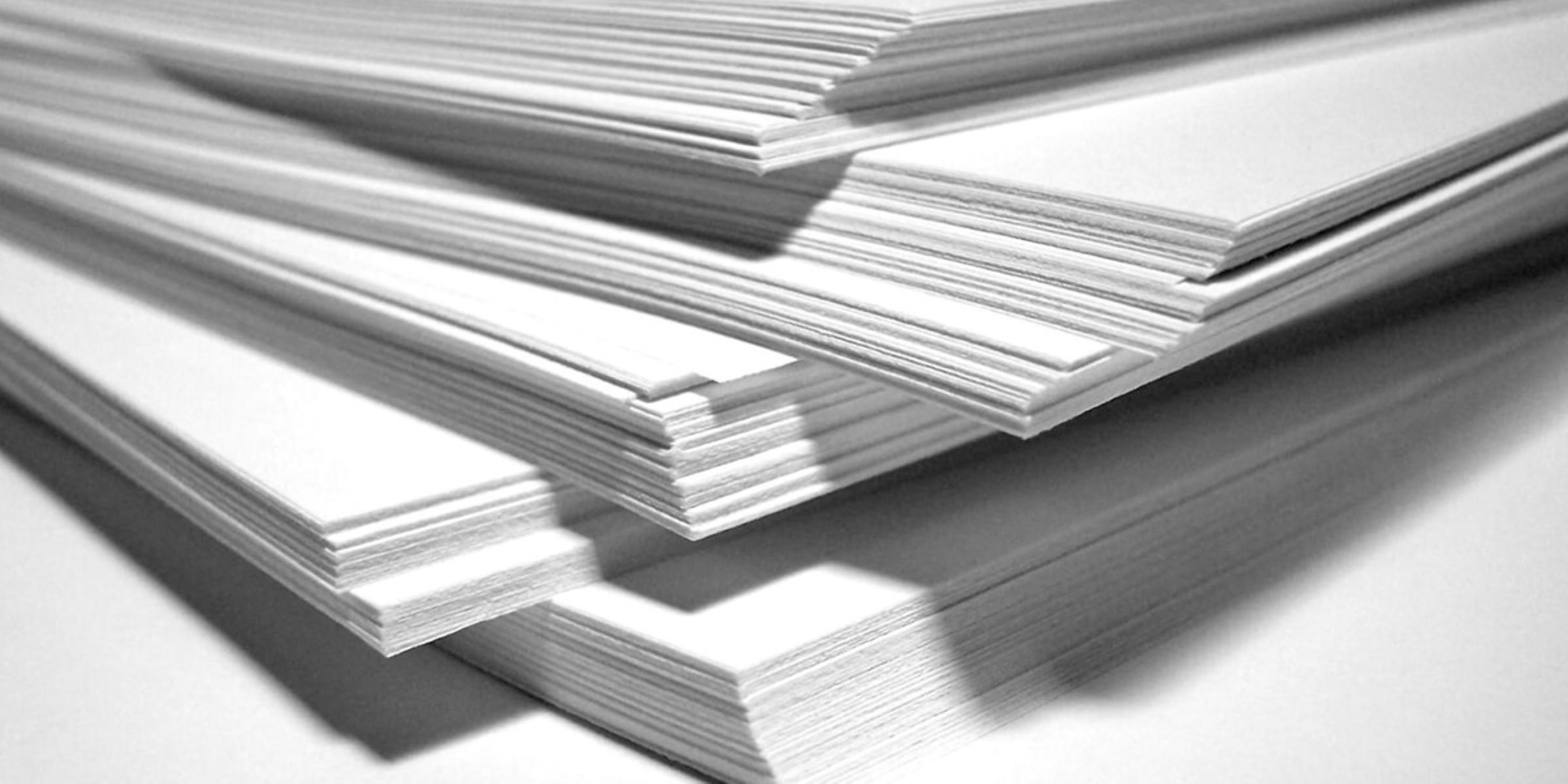
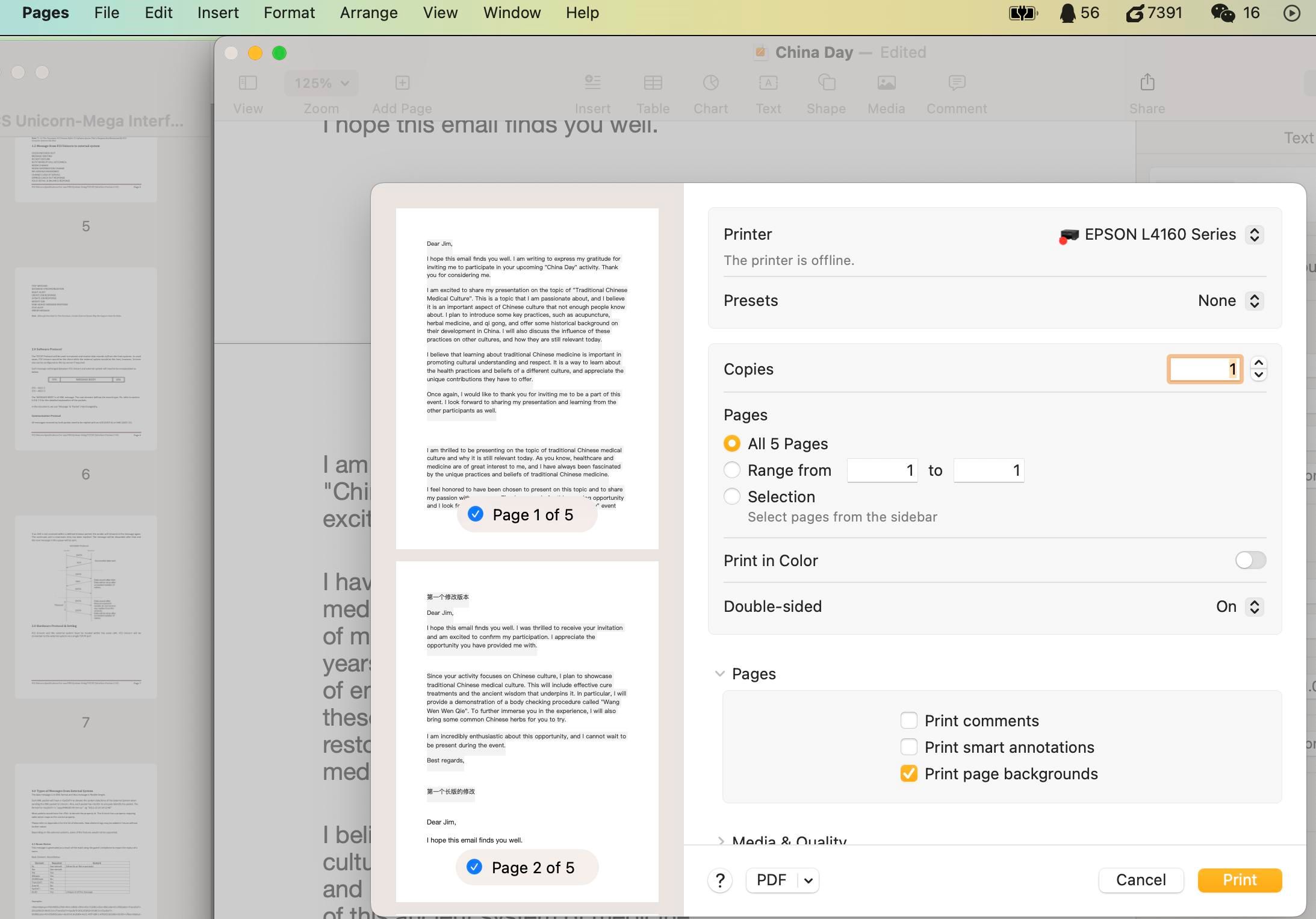
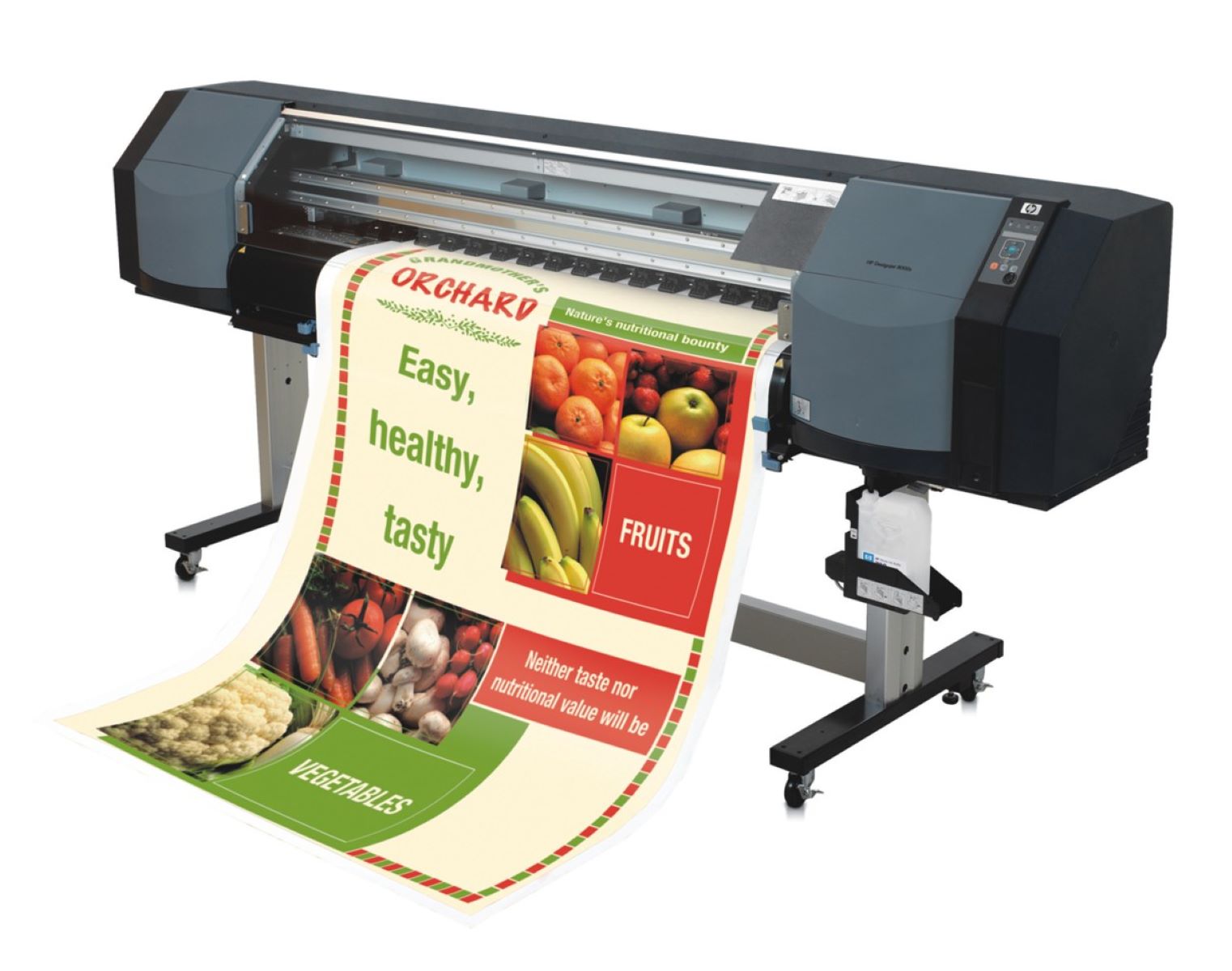
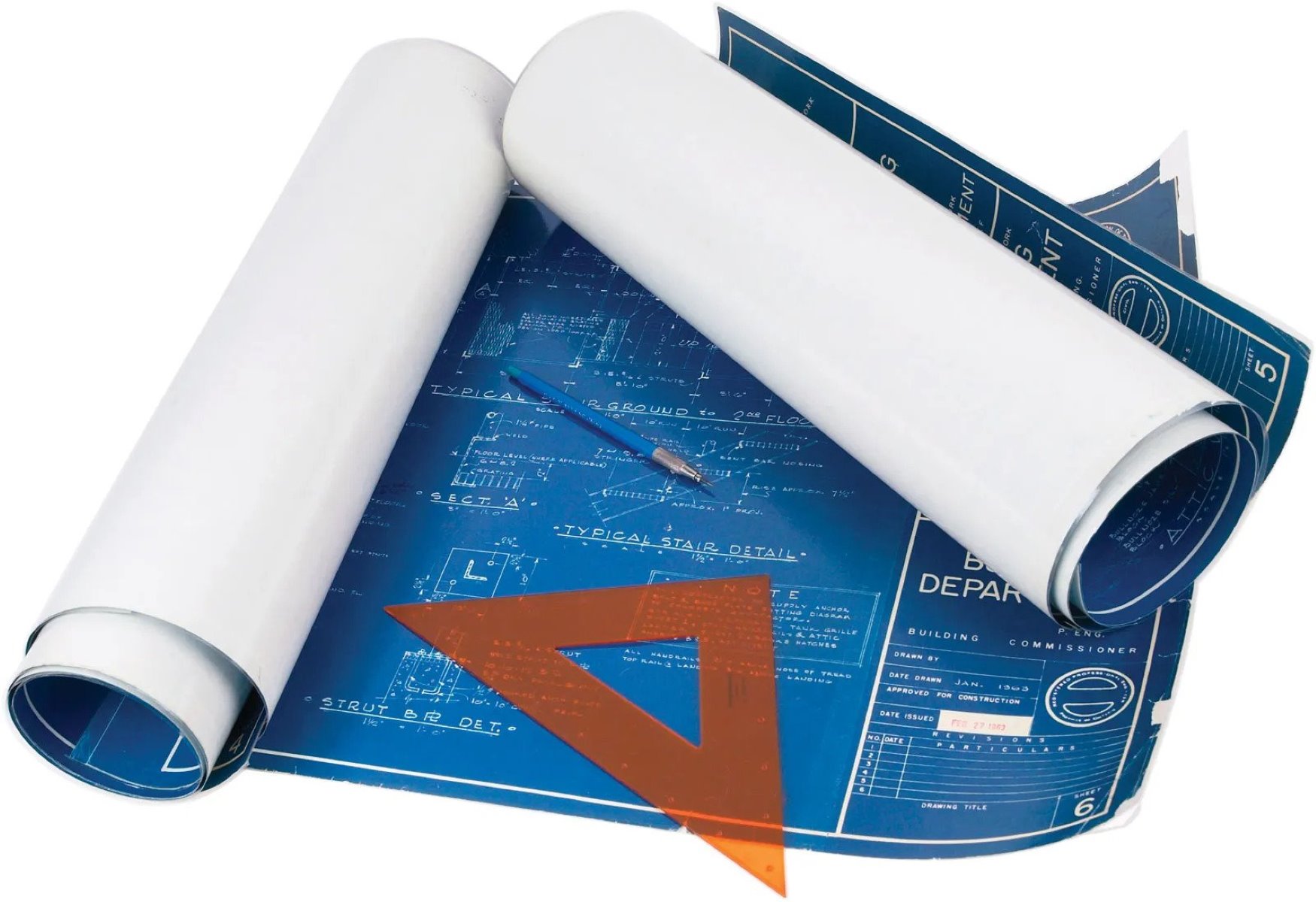
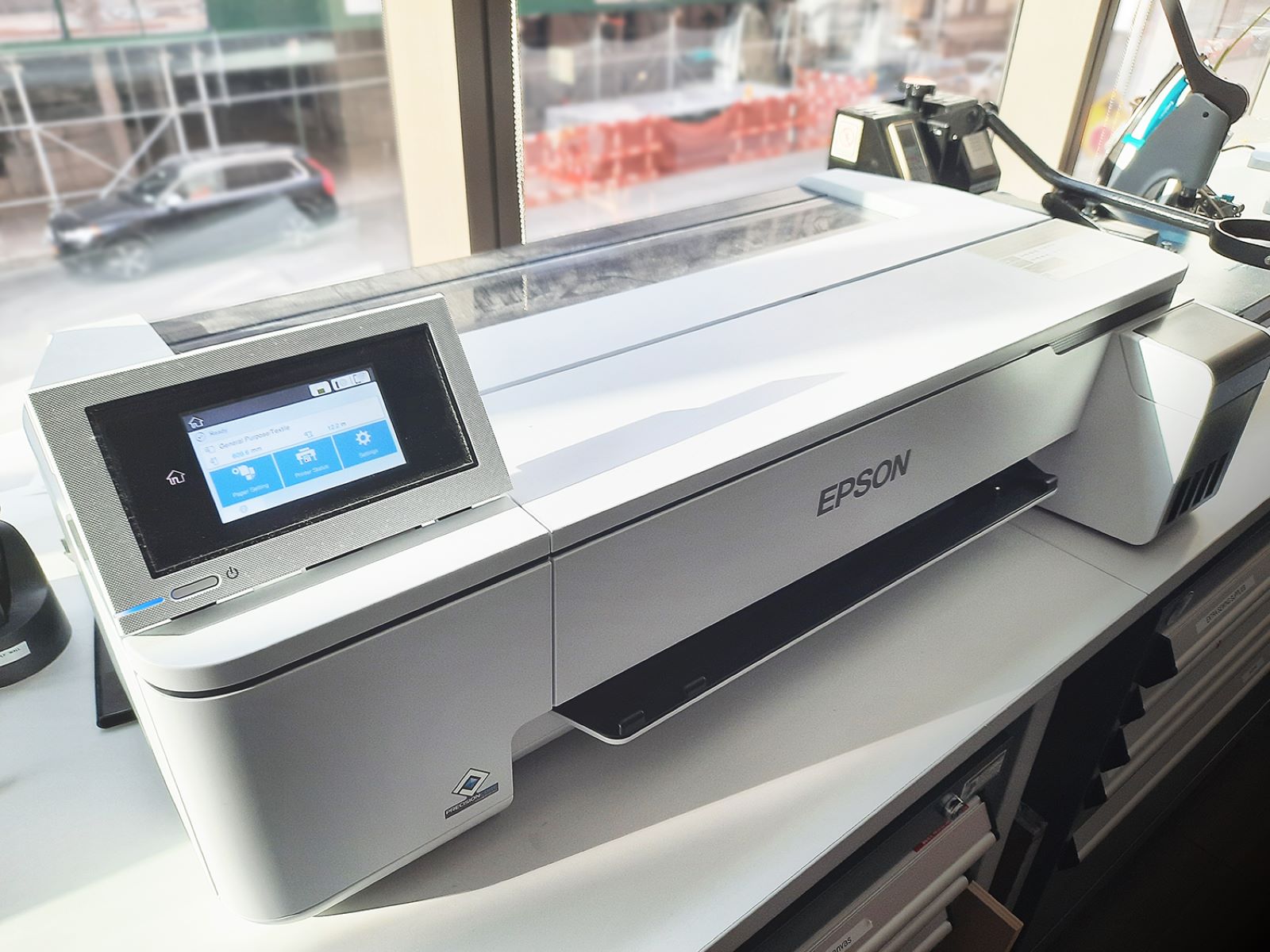
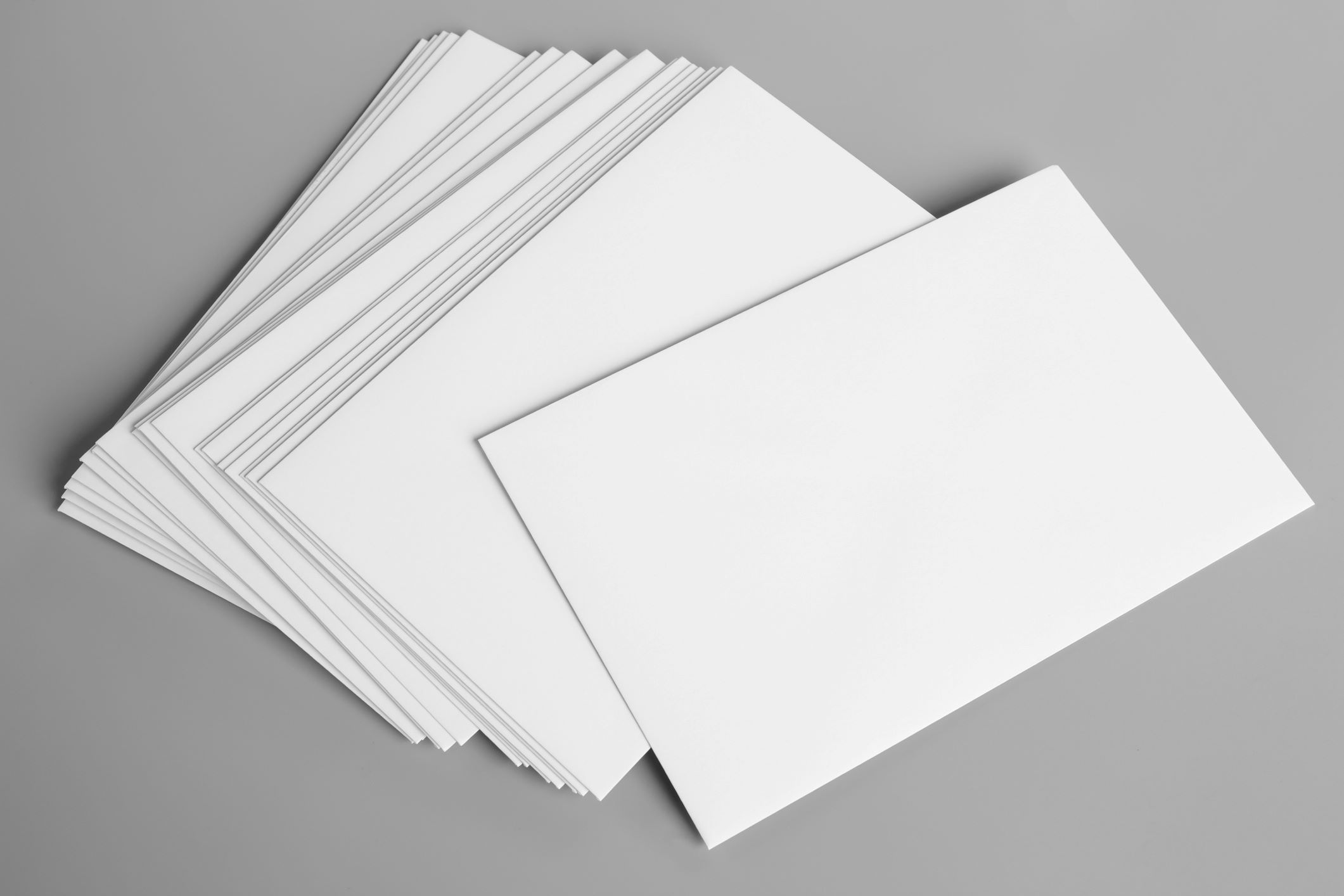
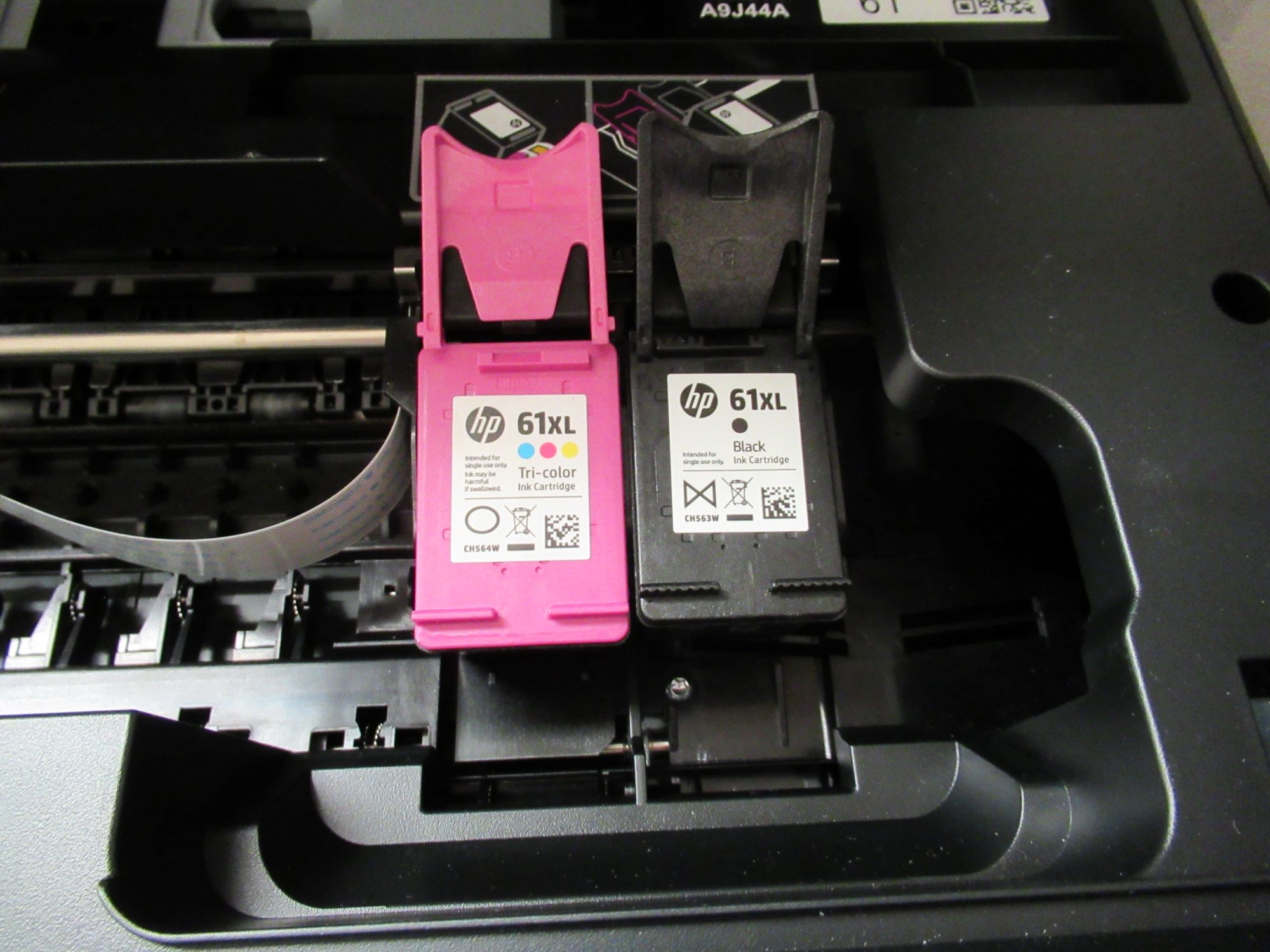
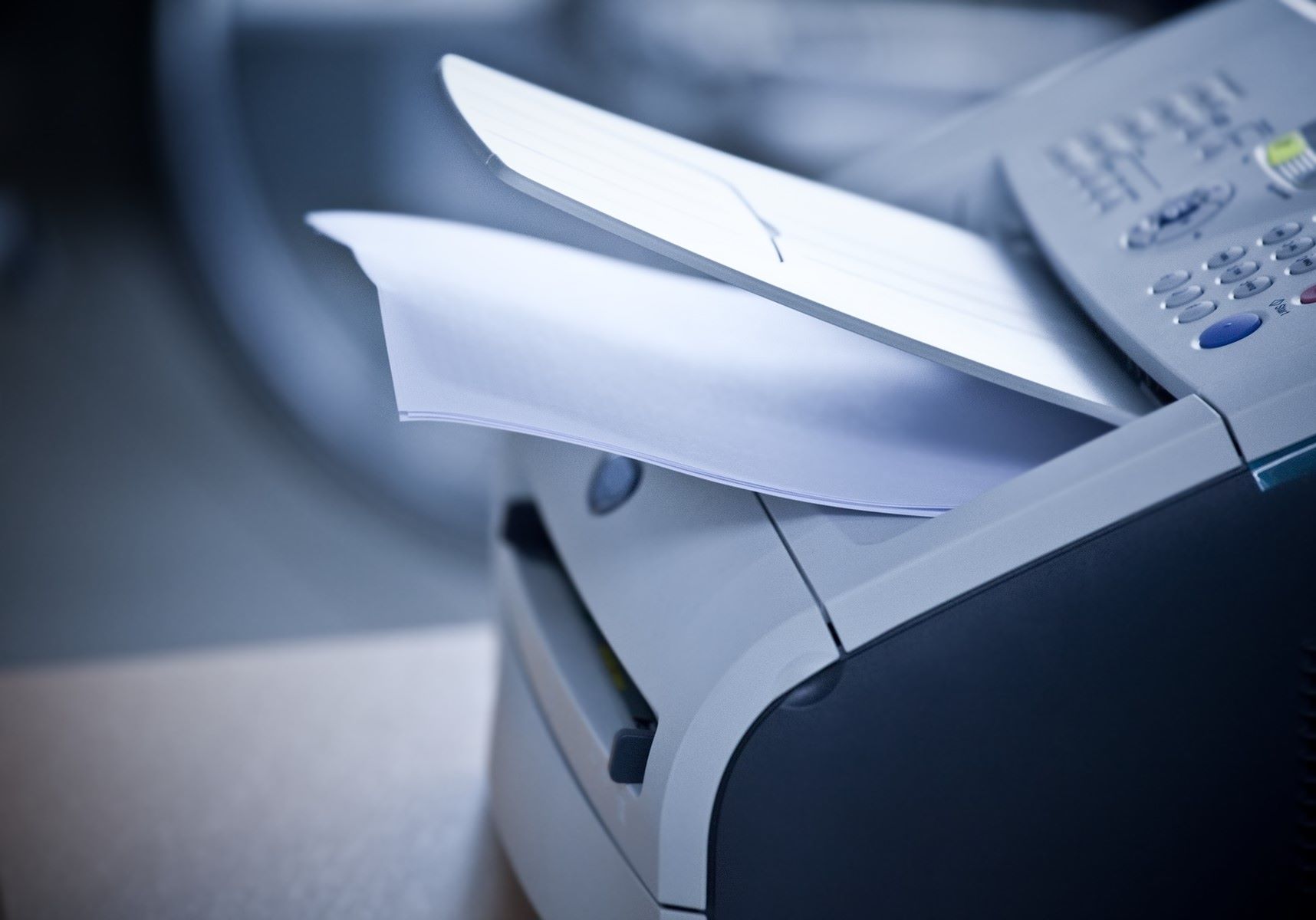

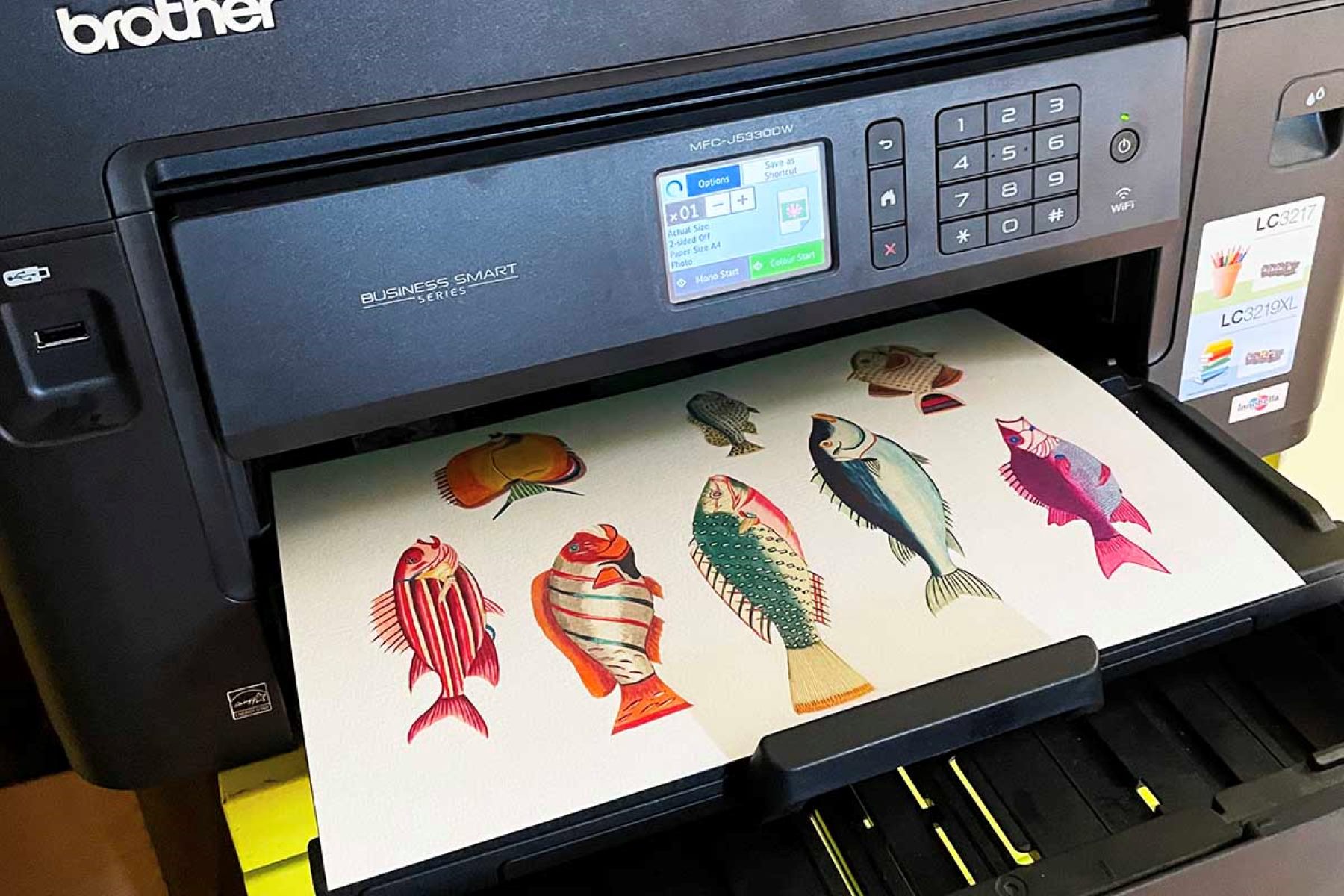
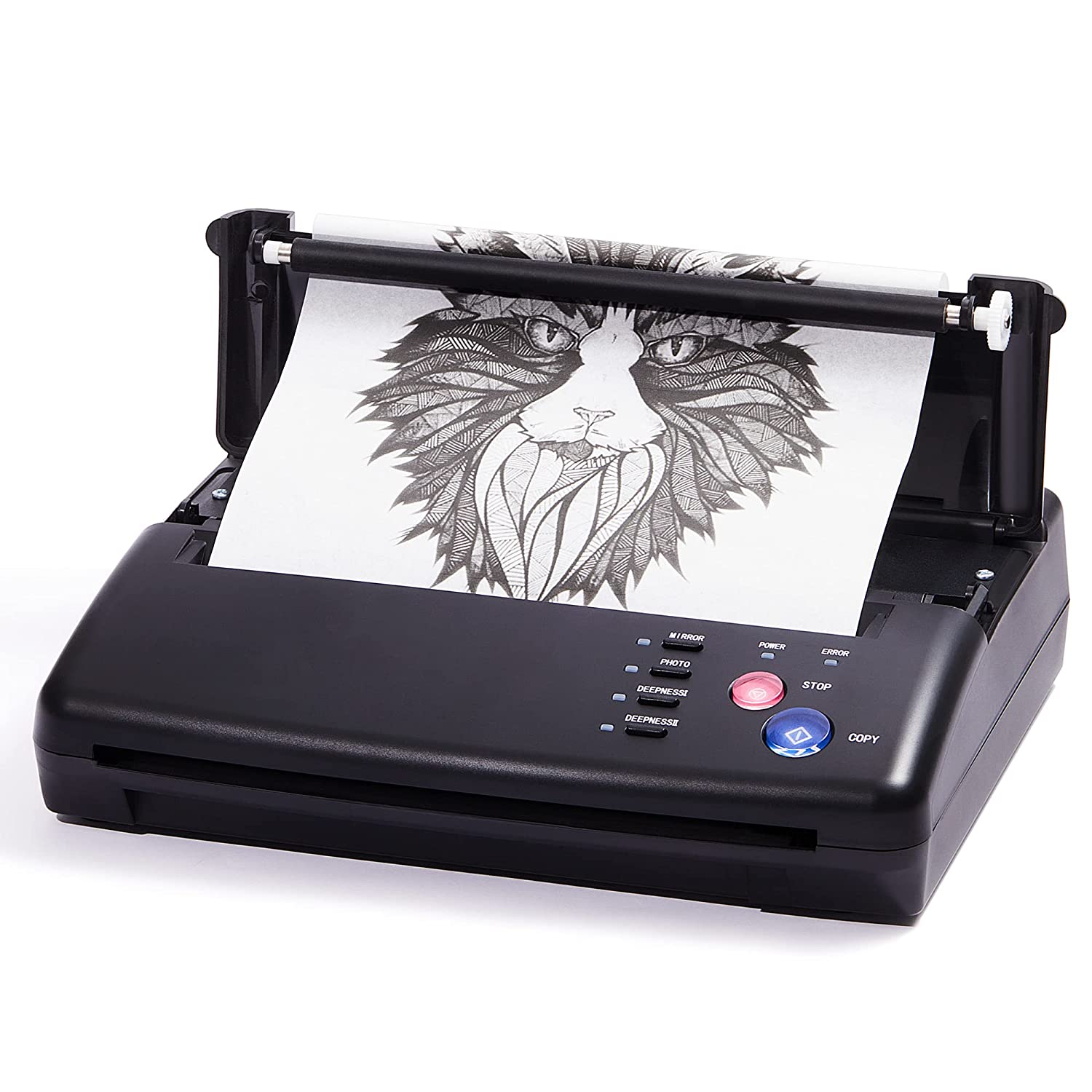
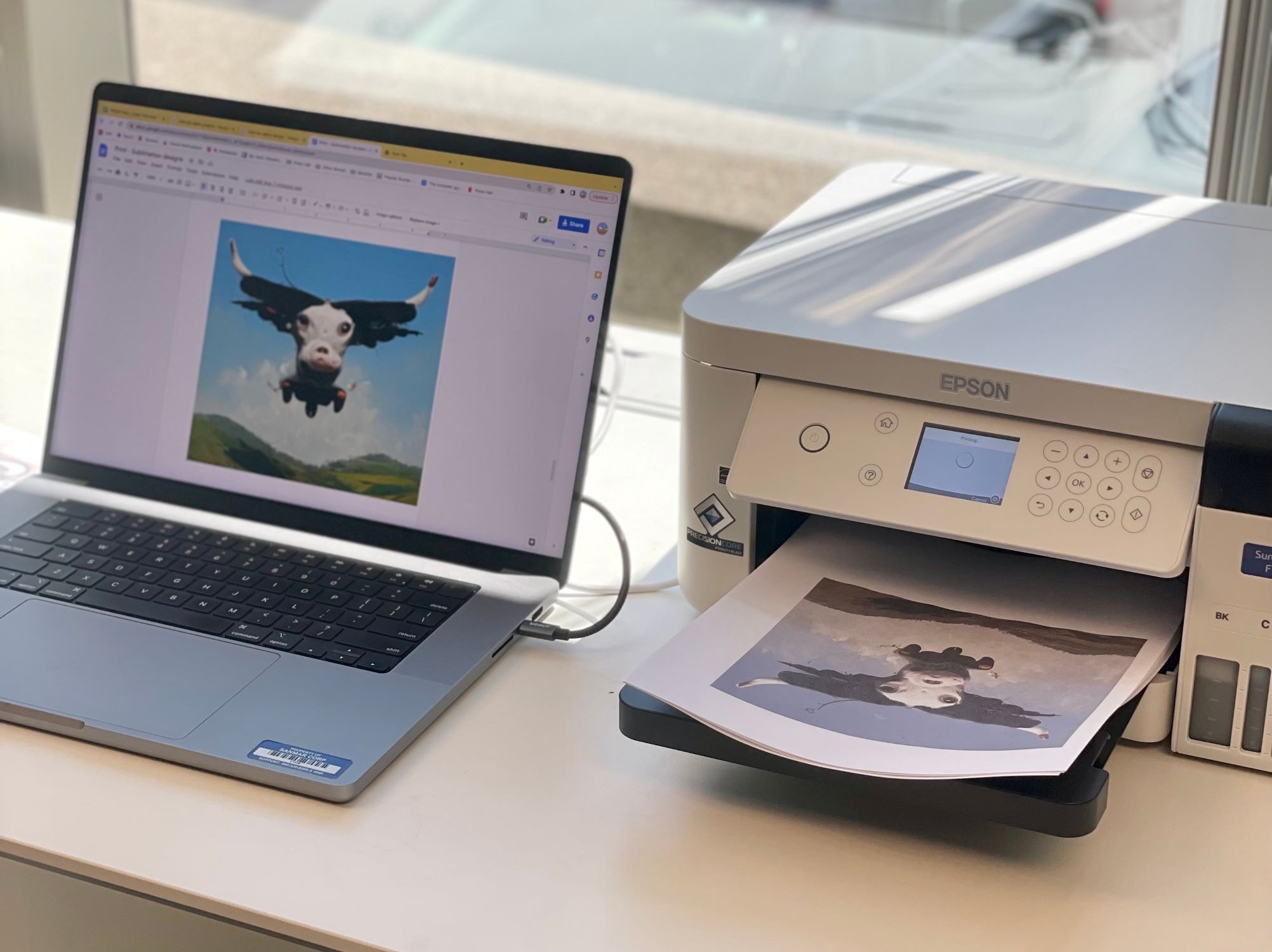
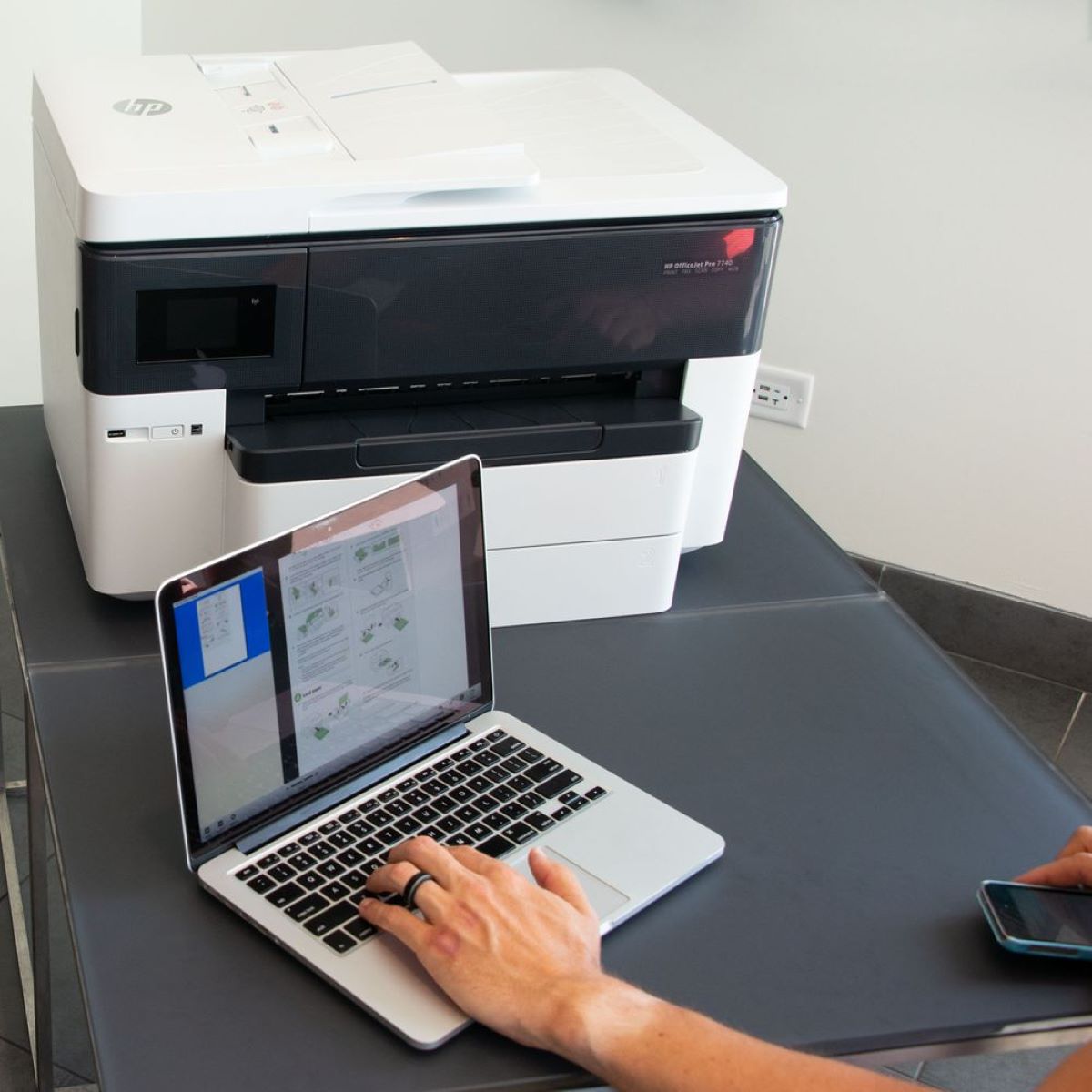
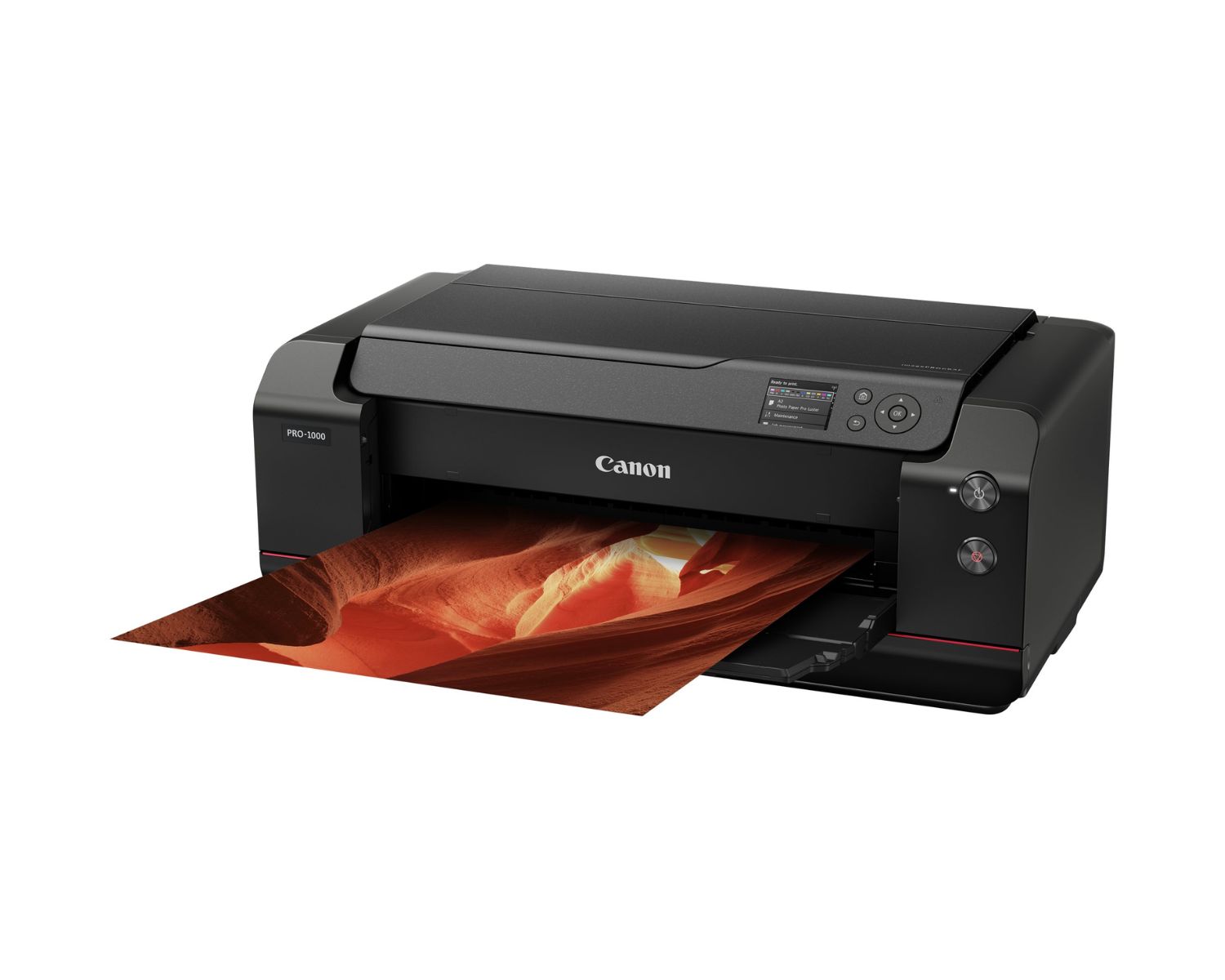

0 thoughts on “What Is The Regular Size Of Printer Paper”